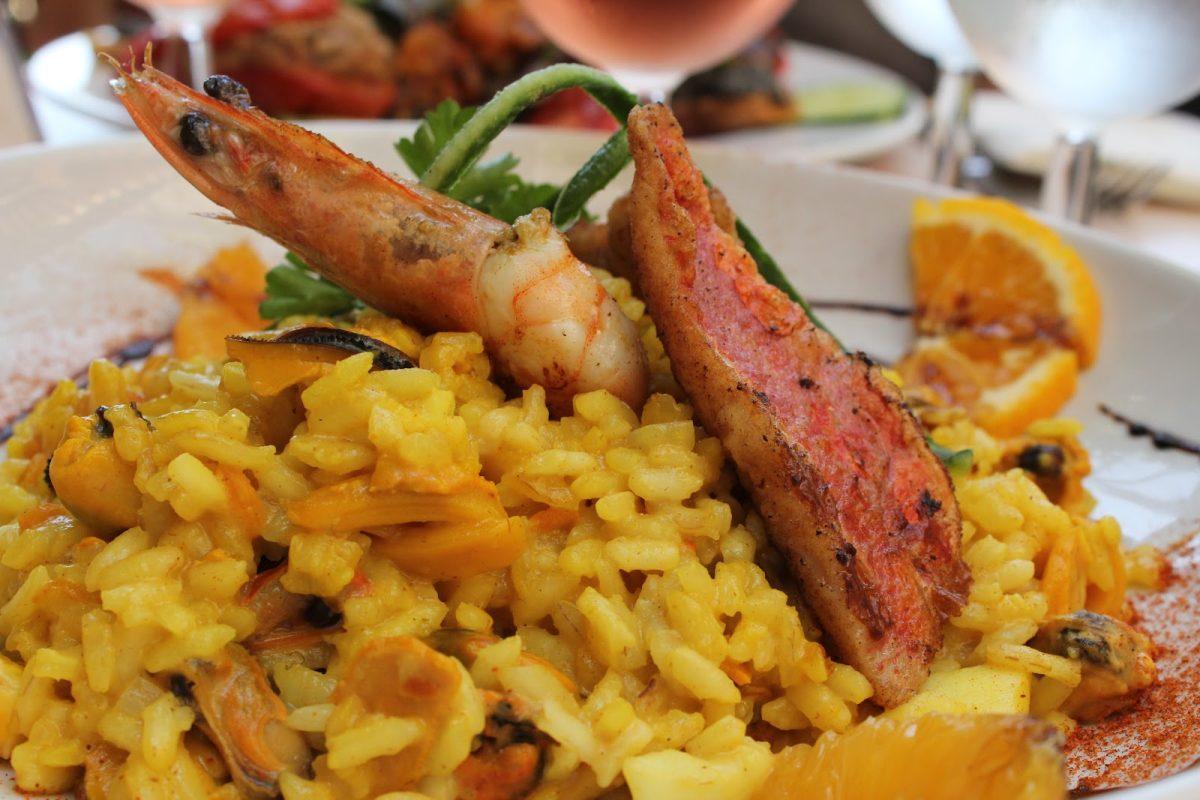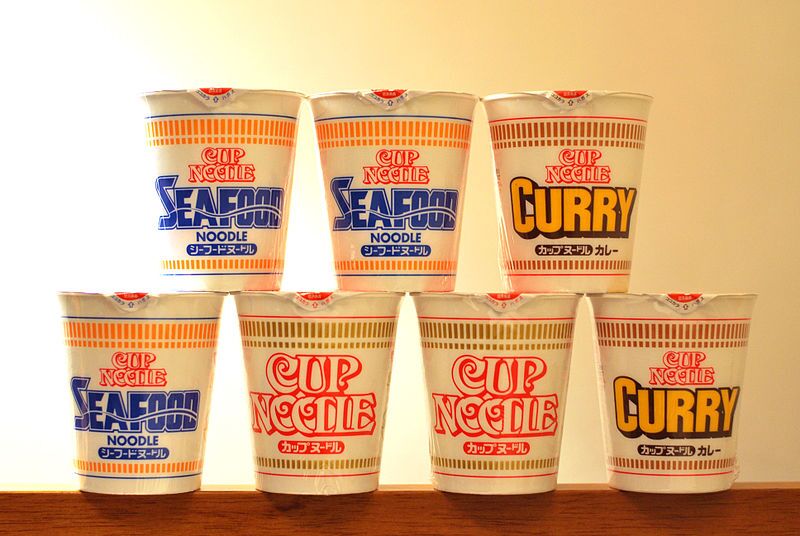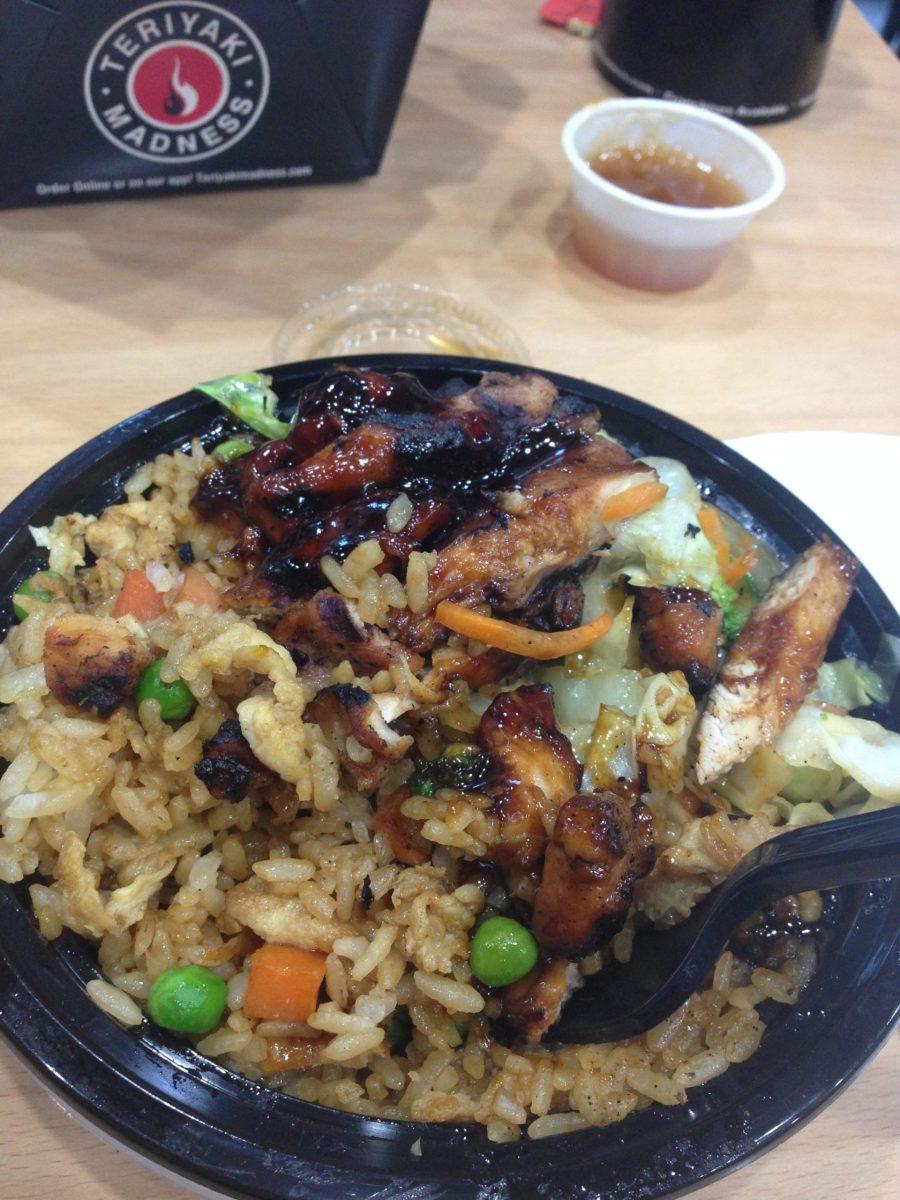New York City can be considered the current summit of the world in both cultural diversity and wealth. Regardless if this is true or not, the Big Apple is home to hundreds of different cultural cuisines that spice the city with a taste unlike any other. In the process, new techniques and flavors are born in this urban melting pot.
The styles of fusion cuisine may seem foreign to some, but to others it’s an adventure into new flavors and cooking styles. For example, the rich earthy flavors of Jamaican spices mixed with the Chinese-styled cooking method for duck can create a more balanced taste of deep sensual flavors that retain a moist interior.
Today, we will be using common Vietnamese fruits and spices to create a signature Italian dish, risotto, a creamy dish that could use a bit of heat, sweetness, and saltiness to elevate the flavors. The recipe may look long and the process may seem terrifying, but risotto is a simple dish to make and carries a variety of flavors that can be adapted and manipulated with other ingredients.
Prep Time: 10 minutes
Cook Time: 25-30 minutes
Serves: 4-5 People
Ingredients:
Risotto
1 Cup of Arborio or Short Grain rice, uncooked
Ginger, diced and add amount suited to taste
Garlic, diced and add amount suited to taste
1 Mango, cubed
1 Dragon Fruit, cubed
½ Pineapple, cubed
½ Cup of Scallion
2 Cans (14 oz) of Coconut milk
If you are unsure about using coconut milk, just double the amount of Chicken, Beef, or Vegetable stock.
2 Cups of Chicken, Beef, or Vegetable stock, unsalted
1 Cup of Dry Wine
If not available, use regular wine or even a bit of your favorite beer. If alcohol is not your thing, leave this ingredient out and add a few teaspoons of stock in its place.
Cayenne Pepper, add amount suited to taste
Red Chili Flakes, add amount suited to taste
Sesame Seeds, add amount suited to taste
2 Tablespoons of Butter
3 Tablespoons of Bagoong, Salted Shrimp Paste
If that is not available use a couple of tablespoons of Soy Sauce or Fish Sauce instead
If you are not a fan of salt, omit this ingredient to have a more sweet and hot taste to the meal.
Olive Oil
This may look like an extensive list of ingredients, but this meal can easily serve 4 people and the cost for all ingredients, with the exception to the spices, are under $15 in most supermarkets. Of course, it will be even cheaper at specialized Asian supermarkets or your local markets.
Prep
Most of the prep time comes from ensuring that all the ingredients are prepped and that you have two good sized pots at hand.
Cook
Heat your first pot to medium high, then add a bit of Olive Oil. Add diced garlic, ginger, sesame seeds, and red chili flakes to the mixture and stir until garlic is a golden brown color. This will take roughly 1-2 minutes.
Add your mango, dragon fruit, and pineapple to the first pot and continuously stir to reduce the liquid in the fruit and to bring out the sweetness of the dish. This may take from 6-12 minutes depending on the size and cut of the cubed fruit.
In your second pot, add your chicken stock and coconut milk, mix, and bring to a boil. Once it reaches a boil, reduce the mixture to a simmer and keep warm.
After the initial amount of liquids evaporate from the fruits, add olive oil to your first pot again and pour in your uncooked rice. Cook until the rice starts to shine a little. This will take about 2-3 minutes.
Now add your cup of Dry Wine into your first pot and stir once or twice until liquid completely evaporates. This process is commonly used to create sauces from browned pieces of vegetables and meats left on the pan.
From your second pot, start ladling in a bit of the stock and coconut milk into your first. Make sure you add about a ¼ – ½ of a cup of the mixture at a time. Continue to add more of the stock when the rice finishes absorbing the mixture.
While the process is occurring, keep mixing continuously and do not let the risotto boil. If it does start to boil, reduce heat to medium and stir more frequently.
The rice is cooked when it both has a creamy and tender texture. If necessary, add more stock for a creamier texture or less stock for a firmer taste.
Once the rice has finished cooking, reduce the heat to low and add cayenne pepper, bagoong (or soy sauce), and scallion to the mix and continue to stir for another 2-3 minutes.
Plate in a bowl and garnish with thinly sliced mangos and green onions.
That wasn’t so bad, was it? Risotto uses an easy yet detailed technique that has been adapted and perfected by different chefs and cultures to suit their tastes. Although this recipe was definitely not as simple as previous entries in this column, it definitely gives you a look into how a recipe could be cooked with different flavors in mind. As always, feel free to add your favorite meats or vegetables and adapt this recipe to suit your tastes.
Next week, we will take a break from recipes to talk a bit about what is in your kitchen from the top ten spices you should always keep in stock to what culinary tools you should have on hand. As always, take time to engineer new recipes and find time to enjoy good eats!
by Romer Jed Medina































